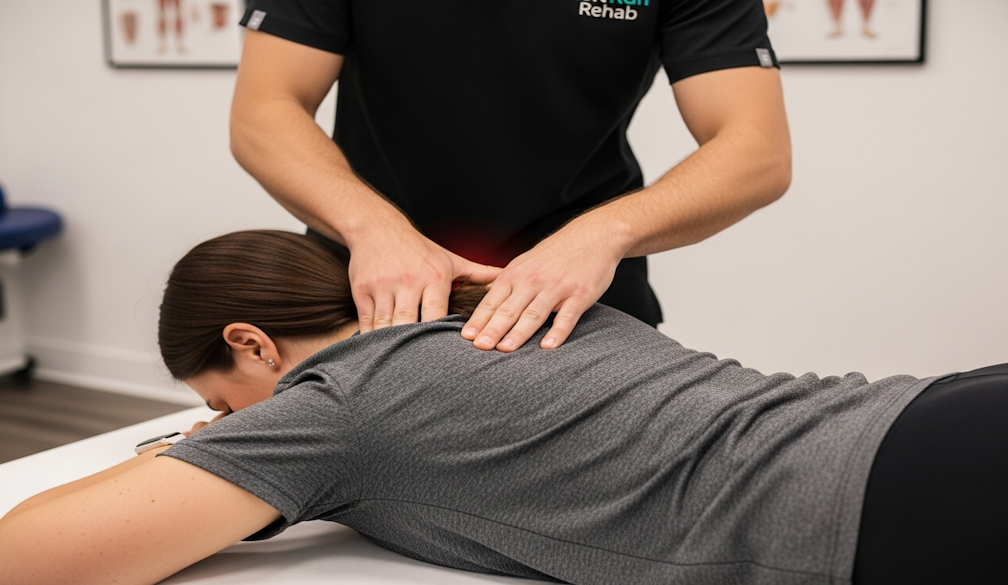How Manual Therapy Supports Mobility and Pain Relief

When it comes to addressing pain and improving movement, manual therapy remains one of the most effective and widely practised approaches in rehabilitation. Often delivered by physiotherapists or other trained health professionals, manual therapy involves hands-on techniques designed to reduce discomfort, restore mobility, and support overall function. Clinics such as Lift Run Rehab integrate these methods into tailored treatment plans, helping individuals return to the activities they enjoy with greater confidence.
What is Manual Therapy?
Manual therapy refers to a range of hands-on techniques applied to muscles, joints, and soft tissues. Unlike exercise-based rehabilitation alone, manual therapy involves the practitioner using their hands to mobilise joints, manipulate tissues, or apply pressure to relieve tension. These approaches are often combined with exercise programs and education for a more holistic recovery.
How Manual Therapy Supports Pain Relief
Pain can be the result of muscle tightness, joint stiffness, or soft tissue irritation. Manual therapy addresses these issues directly by:
- Reducing muscle tension – targeted massage and soft tissue release techniques help ease discomfort caused by tight or overworked muscles.
- Improving blood flow – increased circulation supports healing and reduces inflammation.
- Calming the nervous system– gentle mobilisation can help “reset” pain signals, allowing the body to relax and respond more positively.
Improving Mobility Through Hands-On Care
Stiffness and limited range of motion can make daily tasks or physical activity difficult. Manual therapy supports mobility by:
- Joint mobilisation – restoring smooth movement in restricted joints.
- Breaking down adhesions – techniques that reduce scar tissue build-up and improve tissue flexibility.
- Encouraging alignment – helping the body move in a more balanced and efficient way.
The Role of Manual Therapy in a Broader Rehabilitation Plan
While manual therapy can provide immediate relief, it is most effective when combined with active strategies such as targeted exercise, strength training, and lifestyle modifications. A comprehensive rehabilitation plan ensures long-term results, reducing the risk of recurring pain and improving overall quality of life.
Who Can Benefit from Manual Therapy?
Manual therapy is suitable for a wide range of conditions, including:
- Back and neck pain
- Sports injuries
- Post-surgical recovery
- Arthritis and joint stiffness
- Headaches and tension-related discomfort
Final Thoughts
Manual therapy is more than just hands-on treatment—it is a valuable part of an integrated approach to health and rehabilitation. By reducing pain, improving mobility, and complementing other therapies, it helps individuals get back to moving well and feeling their best.





